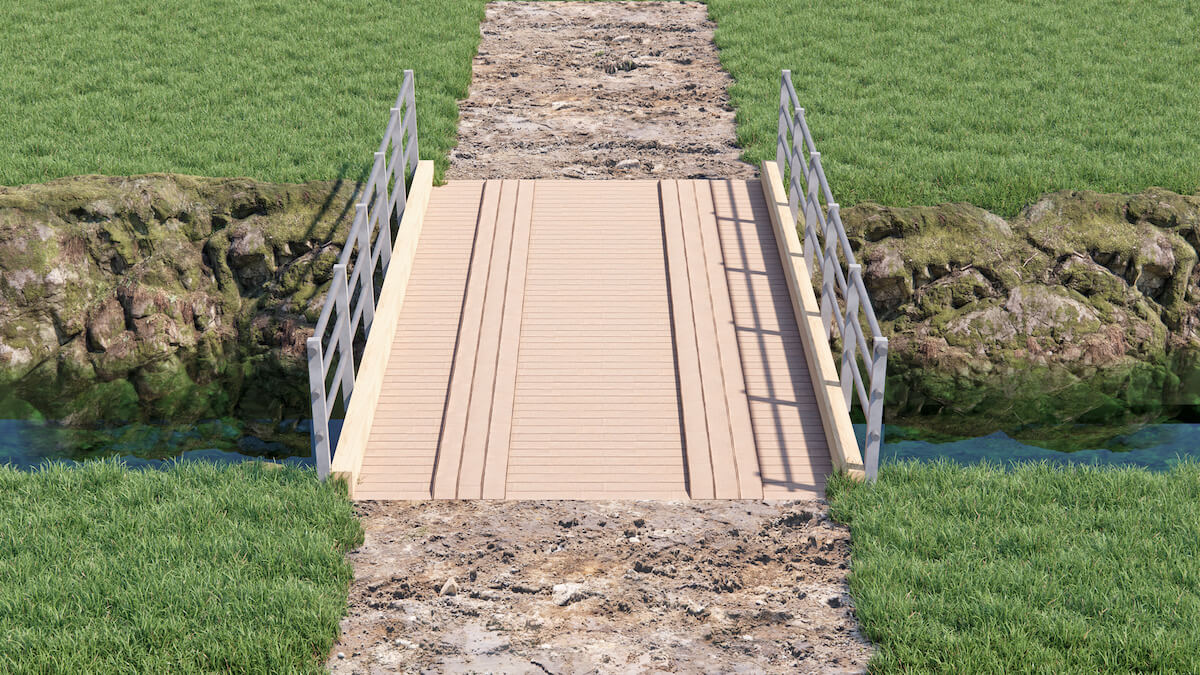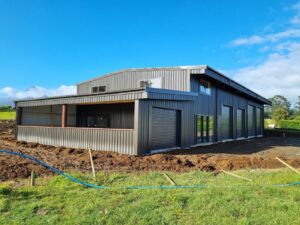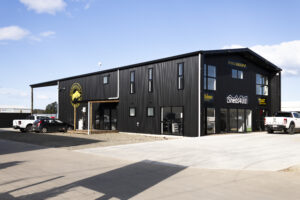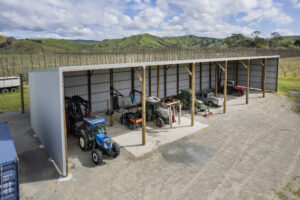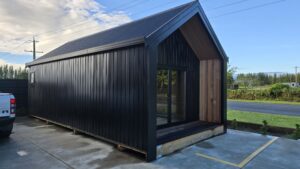Farm Bridges: their advantages over culverts
Farm bridges and culverts both have their place, but bridges offer advantages in terms of long-term cost-effectiveness, environmental protection, structural integrity and accessibility. When specific site conditions, environmental considerations, and the needs of the farm or region are taken into account, a farm bridge often makes better sense in the long run:
Cost-effectiveness
While the initial construction cost of a bridge may be higher, the long-term maintenance and potential replacement costs for culverts often make bridges more cost-effective over their lifetime.
Agricultural and Land Use Considerations
Accessibility: Bridges provide better access for farm machinery and livestock. They are typically wider and more stable than culverts, allowing for safer and easier crossing.
Versatility: Bridges can be specifically designed to accommodate various sizes of vehicles and loads or to handle livestock movement, making them more versatile for different types of farm operations.
Structure and Function
Capacity and Flow: Bridges can handle larger volumes of water and are less likely to be overwhelmed during heavy rains or floods. Culverts have a limited capacity and can easily become clogged with debris.
Maintenance: Compared to culverts, bridges often need far less ongoing maintenance. Culverts which often need regular cleaning to remove debris and ensure proper water flow.
Longevity: Bridges have a longer lifespan. Culverts can deteriorate over time due to corrosion, blockage, or structural failure.
Flood Management and Safety
Flood Mitigation: Bridges are less likely to be damaged by floods and can better accommodate changes in water levels. Culverts can become dangerous bottlenecks during heavy rainfall, which greatly increases the risk of flooding upstream. When a culvert fails it often causes sizeable damage.
Safety: Bridges provide a more predictable and stable crossing for vehicles, livestock and pedestrians, compared to culverts, which can become slippery or blocked, increasing the risk of an accident.
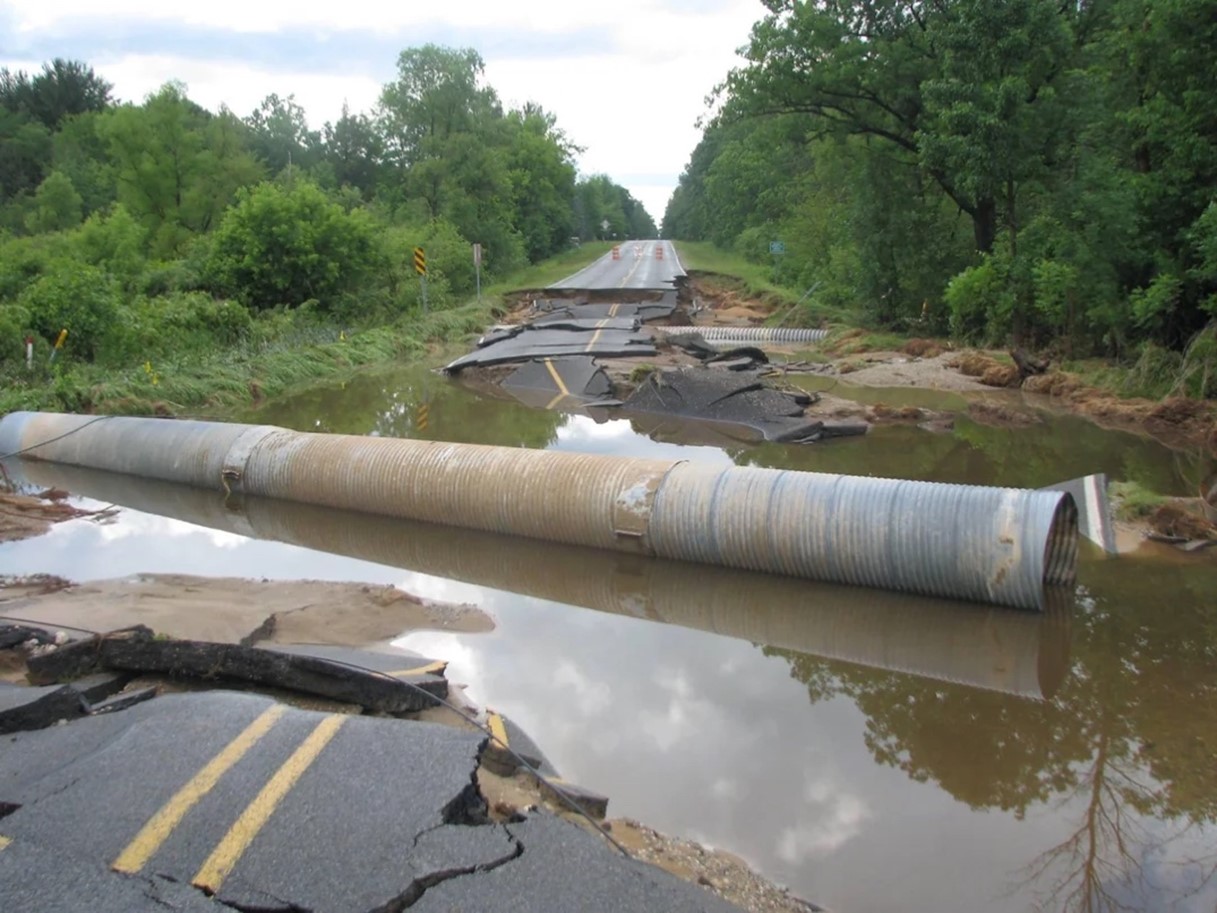
Visual and Community Impact
Bridges can readily be designed to blend in with the natural landscape, offering a more aesthetically-pleasing solution.
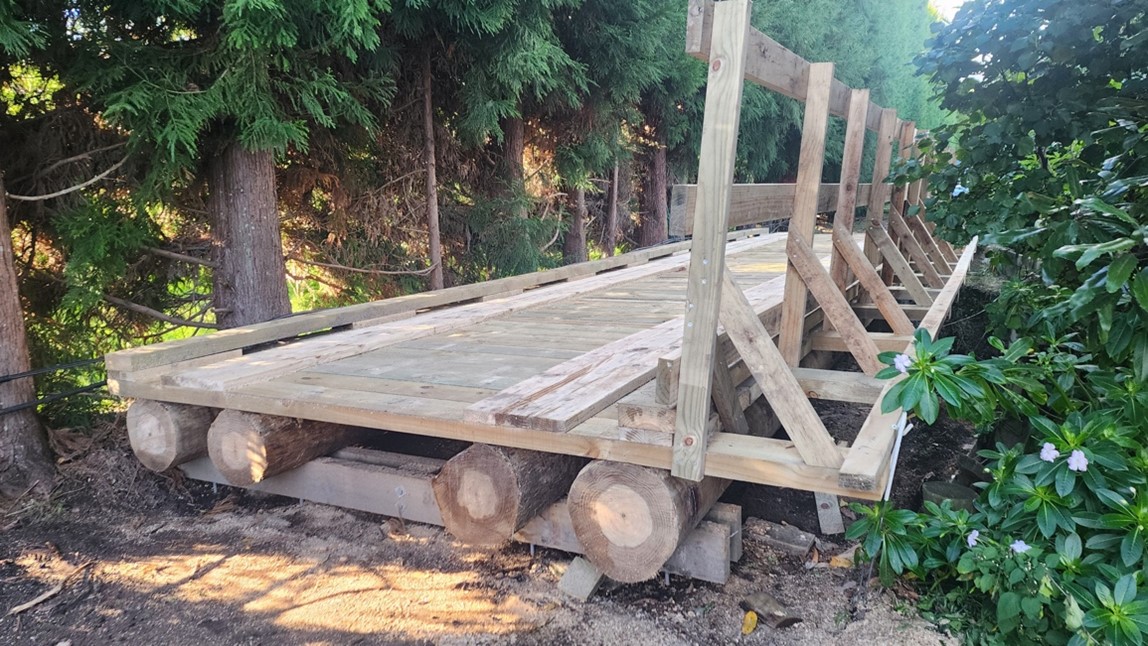
Environmental Considerations
Aquatic Habitat Protection: Bridges have less impact on aquatic habitats because culverts can change water flow, temperature, and sediment transport, negatively impacting on fish and other aquatic life.
Natural Water Flow: Bridges allow for natural water flow and are less likely to cause changes in an existing watercourse. Culverts can restrict water flow, causing erosion, sediment buildup and blockages.
Find out more about how a farm bridge can work for your farm or community. Get in touch online, ring our offices on 0800 244 743 or call Lincoln Wallace on 021 228 3359 today!
